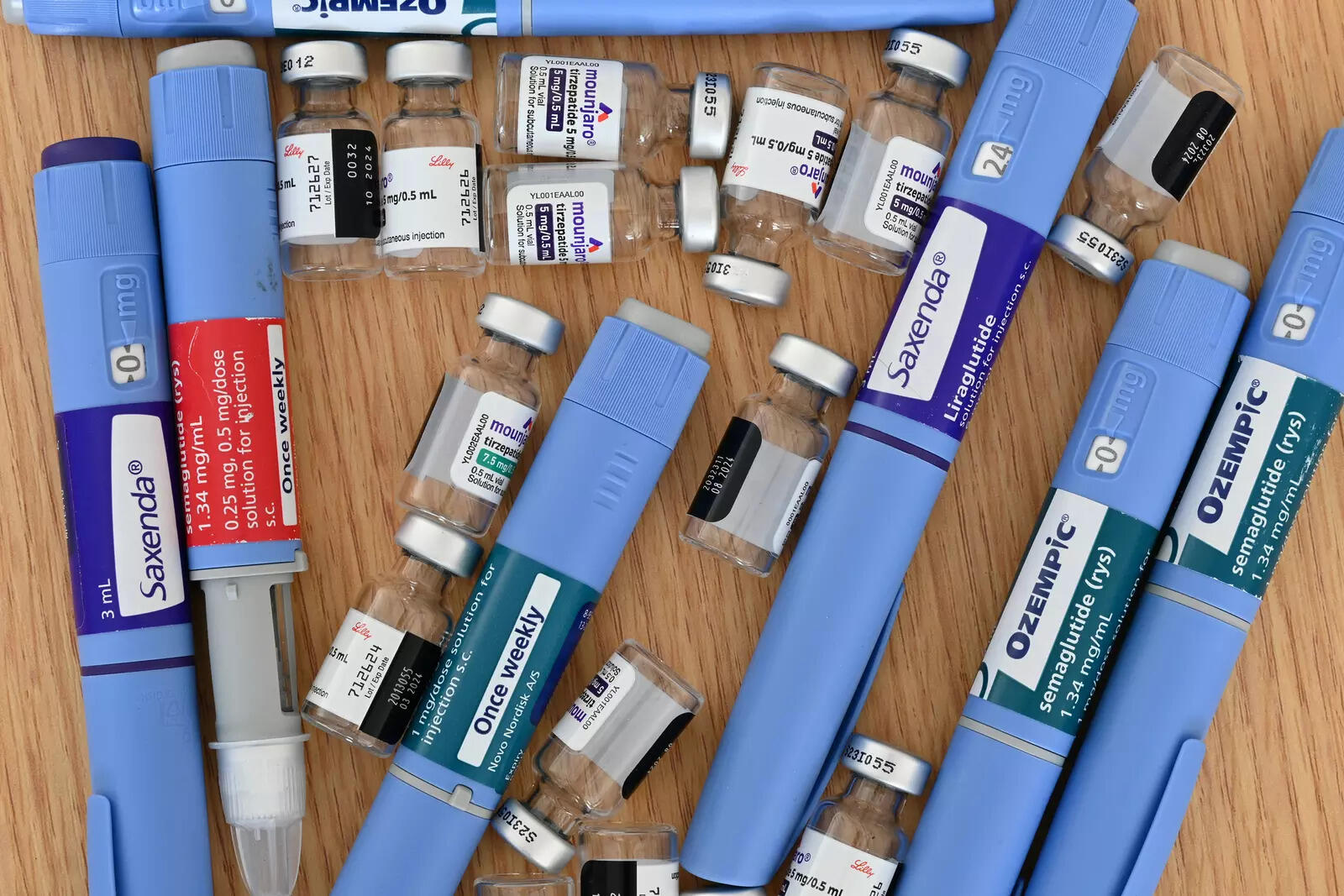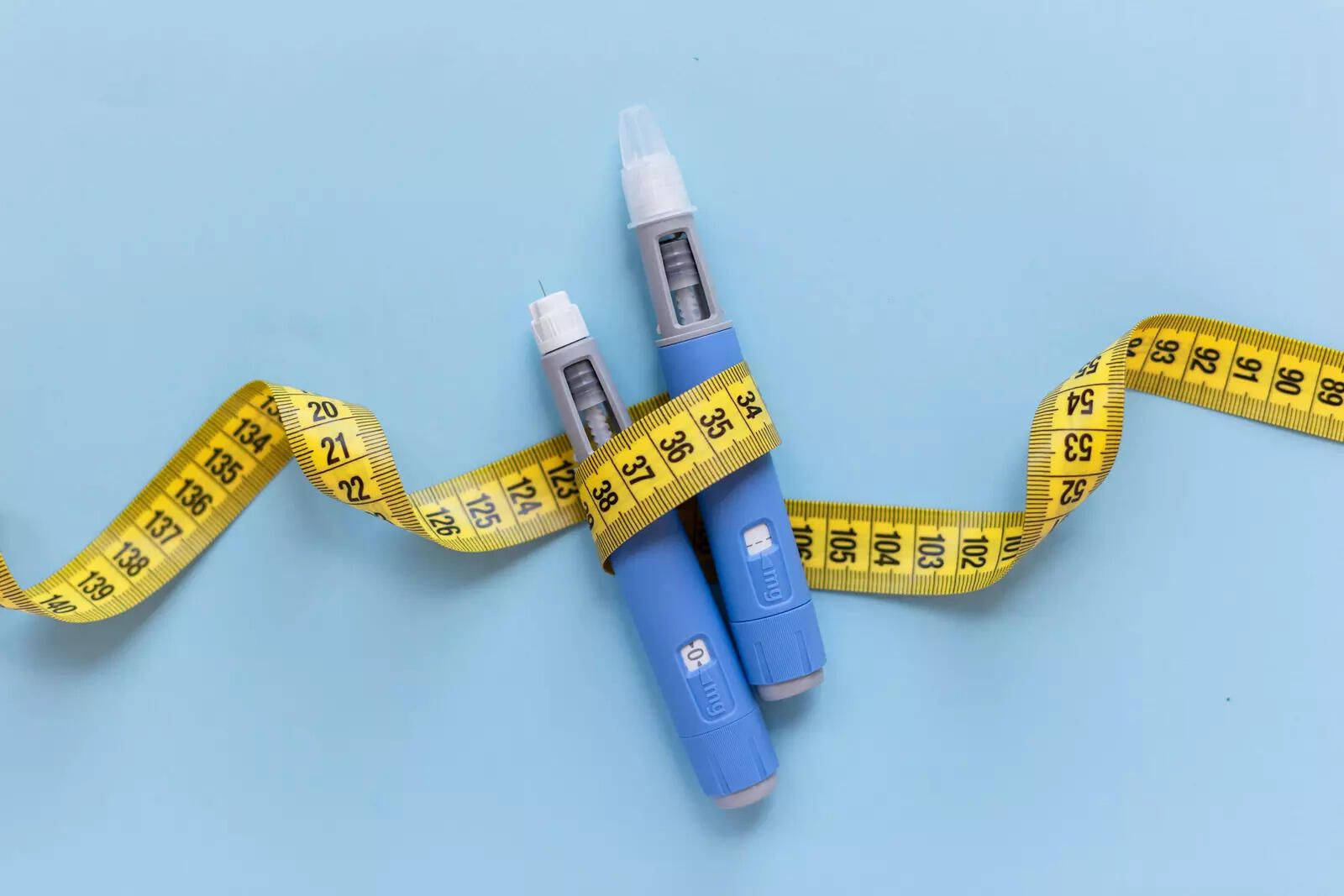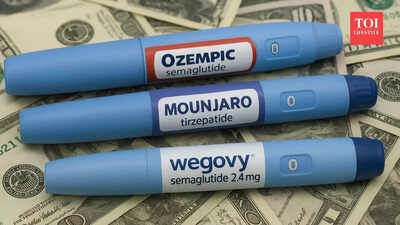The diabetes or weight loss drugs Ozempic, Mounjaro and Wegovy are what everyone has been whispering about at brunch, arguing about in DMs and Googling at 2 a.m. Ozempic (semaglutide), Mounjaro (tirzepatide) and Wegovy (semaglutide 2.4 mg) are not just medical treatments, they are cultural currency. Clinically, they have rewritten the playbook on weight loss. Economically, they have exposed a messy global truth that the same syringe can be a life-changing therapy in one country and an unaffordable luxury in another.
The science: Why doctors are talking about them
The clinical evidence is why these drugs rose from obscurity to headline status. Three trials stand out.
- STEP-1, a 2021 study in New England Journal of Medicine, tested weekly semaglutide 2.4 mg (the molecule in Wegovy) in adults with overweight or obesity. The result was striking as participants lost an average of roughly 15% of body weight in 68 weeks when semaglutide was combined with lifestyle support. That magnitude of weight loss, sustained over more than a year, transformed semaglutide from a diabetes medication into a proven medical weight-management tool.
- Then came SURMOUNT-1, in a 2022 follow-up study by NEJM, which tested tirzepatide (Mounjaro) in people with obesity. Tirzepatide produced even larger and dose-dependent weight losses, with many participants losing more than 20% of their body weight, the results that were historically only bariatric surgery achieved.
- Finally, a May 2025 head-to-head trial published in NEJM compared tirzepatide with semaglutide directly. Tirzepatide produced greater mean weight loss and larger reductions in waist circumference than semaglutide over comparable time frames as a clinical confirmation of the dual-agonist’s potency.
Put simply, both drugs work very well. Tirzepatide seems to edge semaglutide on average weight loss while semaglutide has a deep track record (and cardiovascular outcome data) that keeps it in strong clinical favour. However, efficacy answers only half the question. The other half that who can actually access and afford these therapies, depends on geography, policy and patent clocks.
Price maps: The same drug, different wallets
In an interview with the Times of India, Dr Rajiv Kovil, Head of Diabetology and weight-loss expert at Zandra Healthcare, shared, “Prices for Ozempic, Mounjaro and Wegovy injectables change a lot depending on which part of the world you’re in.”

Ozempic vs Mounjaro vs Wegovy: The real price of getting slim in India, Japan, the U.S and other countries (Image: iStock)
His summary is blunt and useful, “In the United States, they’re among the costliest — typically around $1,000 or more per month. That’s mostly due to how the healthcare system and insurance work there. In Europe and the UK, prices are much lower — sometimes just one-tenth of the US cost — because the governments negotiate directly with companies. In India, the prices have been kept relatively lower to make them accessible to a larger number of people, though they’re still considered premium medications. So, if you compare globally: US — most expensive; UK and Europe — much cheaper; India — affordable but premium; Egypt, I believe, is the cheapest.”Put another way –
- United States: High list prices and variable out-of-pocket costs. For many uninsured or under-insured patients, the sticker shock is real. Manufacturer coupons and self-pay programs have softened the blow for some but the base list price remains considerably higher than in many other markets.
- Europe and UK: Price negotiations and national reimbursement frameworks often push prices down substantially, in some markets to a small fraction of US list prices.
- India: Launch prices have been positioned as “premium but more accessible” relative to the US, reflecting local pricing strategy and competition.
- Other markets: Costs vary widely and anecdotal reports sometimes list much lower prices in places with different trade or subsidy arrangements.
These are general trends. Actual consumer cost is a function of dose, pack size, pharmacy, insurance coverage and manufacturer programs. It is a complexity that Dr Manjunath Malige, Director – Department of Endocrinology, Diabetes, Obesity and Weight Management at Sakra World Hospital in Bengaluru, emphasised, “Prices vary by dose, pack size, pharmacy, insurance, and manufacturer programs.”
Patent clocks and the near-term affordability story
There is a practical reason why prices may fall in the near future. Dr Malige pointed to patent timelines and said, “Semaglutide will go out of patency in March 2026 — after that, leading Indian pharmaceutical companies will manufacture and market semaglutide, which will bring down the cost significantly.”

$499 in the U.S., ₹17,000 in India: The Cost of Chasing the ‘Skinny Jab’ Dream
Patent expiry matters. When a molecule loses exclusivity, generics and biosimilars can enter the market, competition increases and prices usually fall, sometimes dramatically. For semaglutide, that could mean more affordable Wegovy/Ozempic-equivalents in markets like India and others where local manufacturers can scale production. Tirzepatide’s exclusivity timeline will similarly shape Mounjaro’s future affordability.That said, generic entry does not instantly make the drug cheap everywhere. Regulatory barriers, manufacturing complexity (these are injectables, not simple pills) and distribution logistics all affect how quickly prices drop.
What this means for real people
For readers wondering whether the science or the price should sway decisions, here is a practical take by experts –
- If your goal is diabetes control and modest weight loss, semaglutide formulations (Ozempic) remain a mainstream choice, supported by cardiovascular outcomes data and diabetes approvals.
- If maximal weight loss is the priority, tirzepatide (Mounjaro) shows larger average reductions in trials, an important consideration for those with severe obesity or weight-related comorbidities.
- If cost matters (and it does), geography and insurance dictate options. In the US, explore insurance formularies and manufacturer assistance. In countries with negotiated pricing or imminent generic competition, the calculus may be very different.
- Long-term therapy costs add up. These drugs usually require ongoing treatment to maintain weight loss. That is a financial and clinical commitment, not a one-time fix.
Efficacy is not everything, access is
The medical advances here are real and profound but Dr Kovil reminded, “The same medicine can mean very different things to your wallet, depending on where you live.” Clinical breakthroughs only translate into population health gains when systems including insurers, governments, manufacturers and regulators, make access practical and sustainable. With patent expiries and rising political pressure on drug pricing, the next two years could reshape who gets to benefit from this new era of metabolic medicine.For now, if you are curious about these drugs, talk to your clinician, check coverage options and weigh both the potential benefits and the long-term cost before deciding. The science is dazzling. The money question is a lot less glamorous and it will likely decide who gets the results.Note: The information provided in this article is for educational purposes only and is not intended as medical advice. Always consult with a healthcare professional before starting any new medication or treatment.


